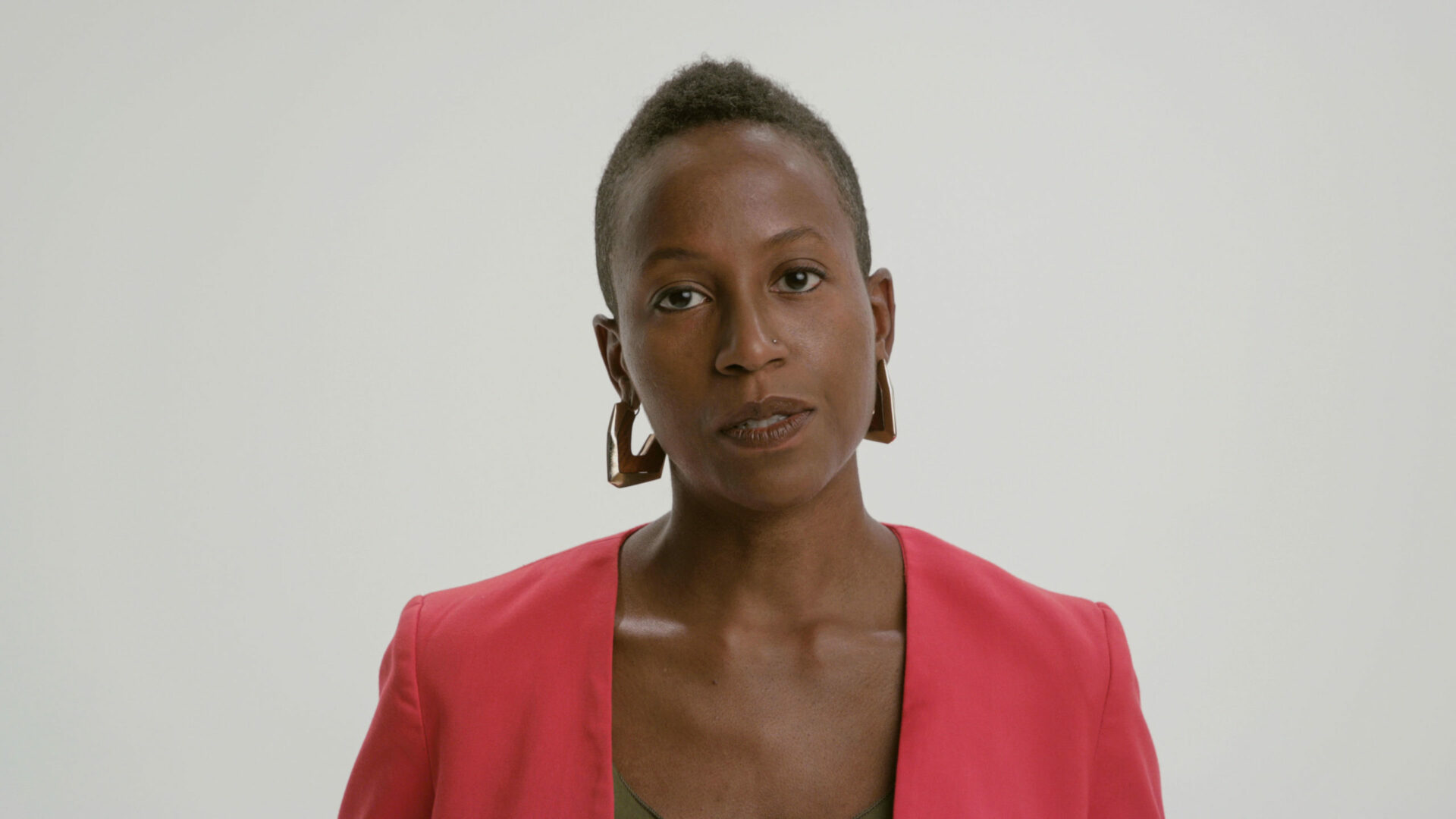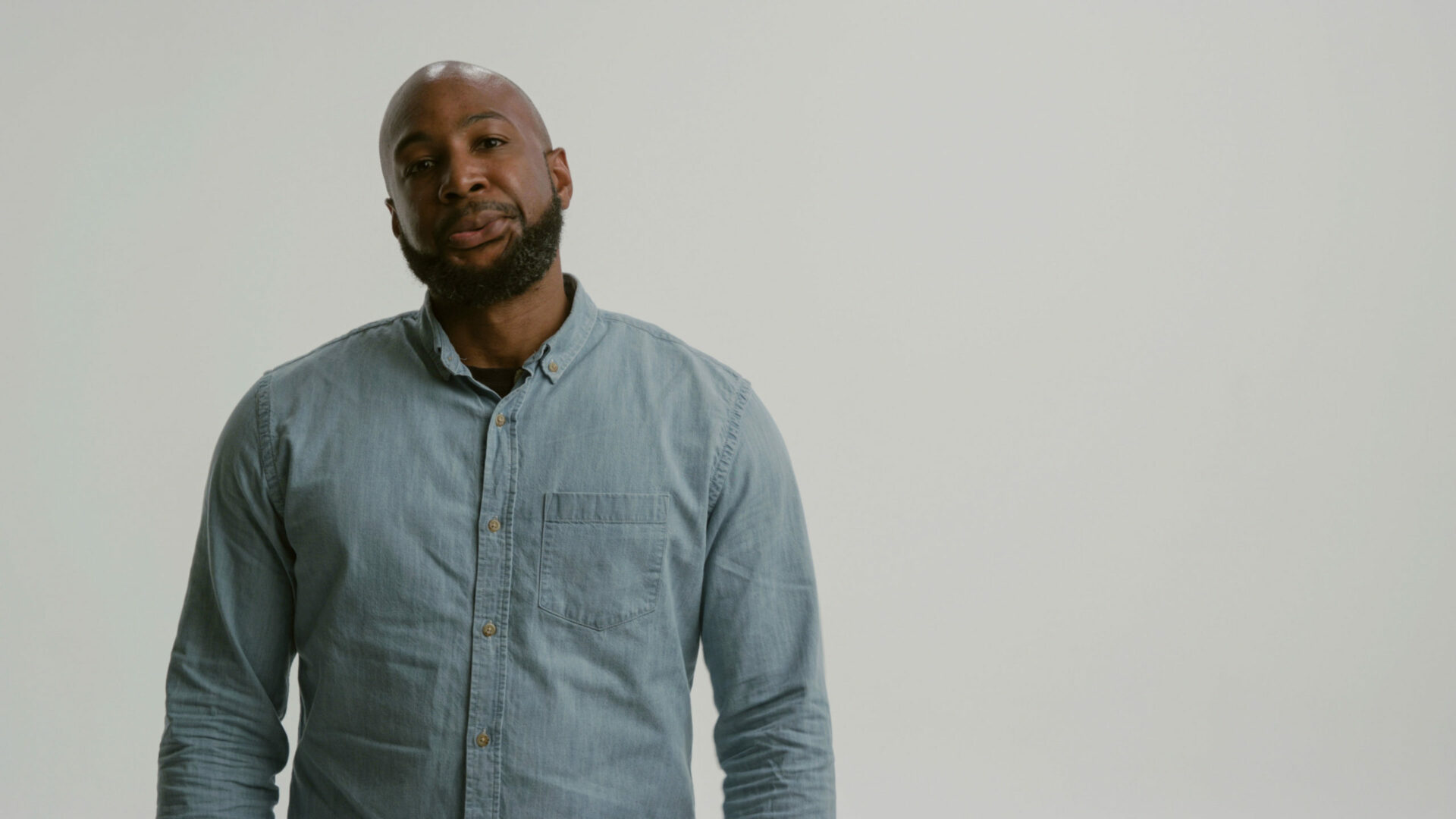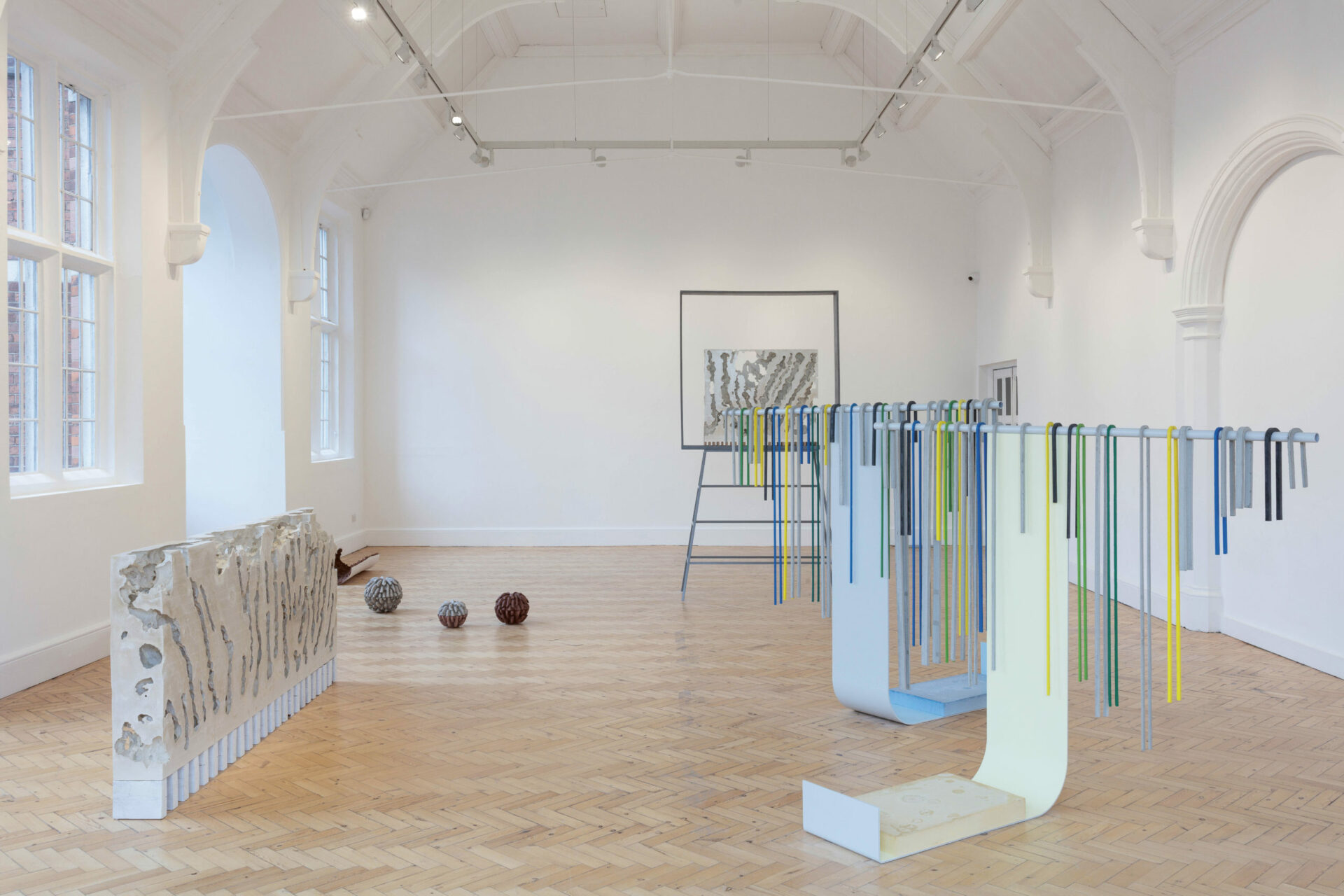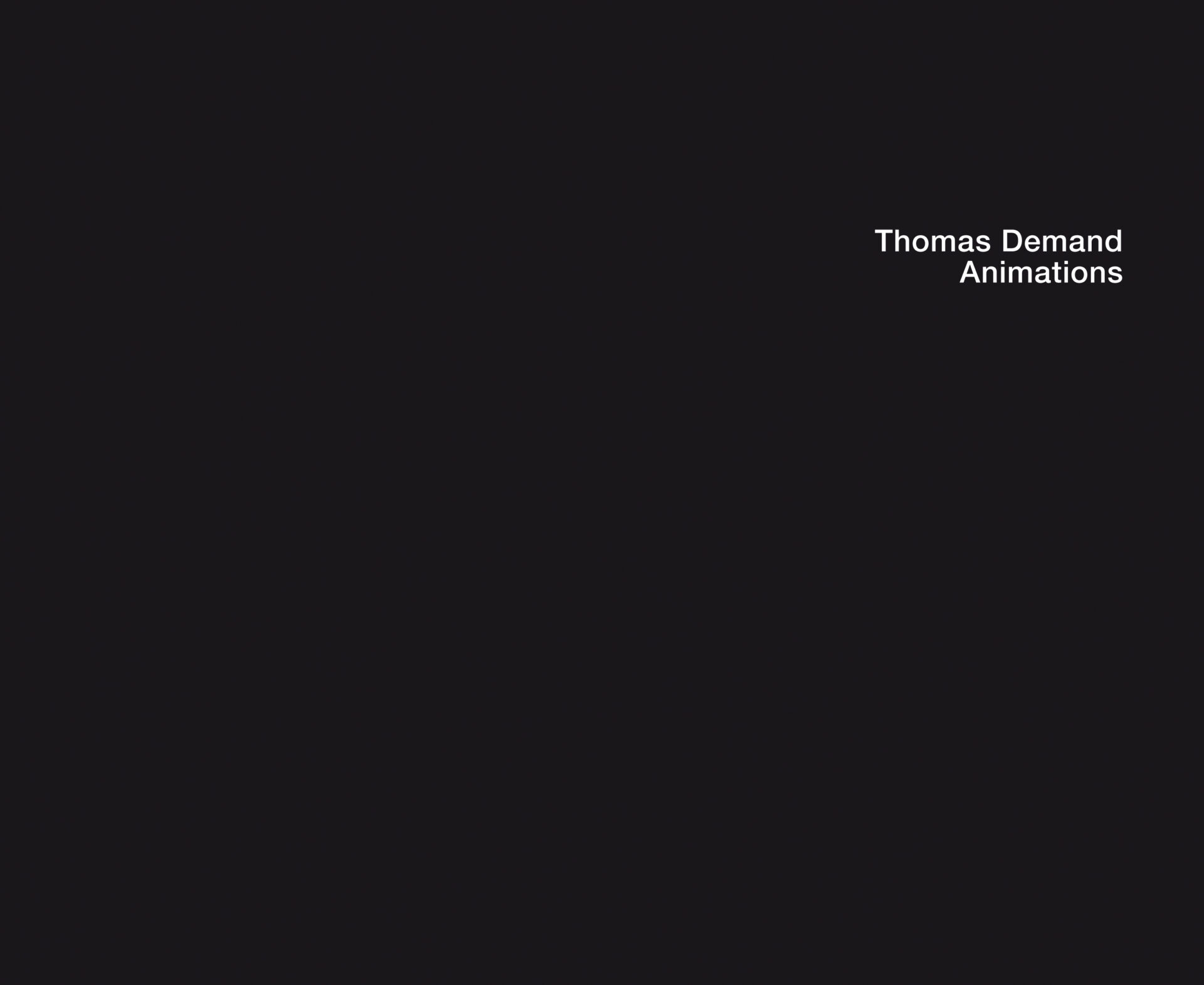Emeka Ogboh
The Song of the Germans
Here We Are Here: Black Canadian Contemporary Art
January 27 — May 13, 2018
Royal Ontario Museum, Toronto,
January 27 — April 22, 2018

Suck Teeth Compositions (After Rashaad Newsome) featuring Simone, arrêt vidéo, 2017.
Photo : permission de l'artiste
January 27 — May 13, 2018
Royal Ontario Museum, Toronto,
January 27 — April 22, 2018

Suck Teeth Compositions (After Rashaad Newsome) featuring Greg, video still, 2017.
Photo : courtesy of the artist
[En anglais]
Biennials and large-scale festivals often sprawl across multiple sites, temporarily shifting the geography of a city. This spring, a similar transformation occurred in Toronto by coincidence, as the programming cycles at major institutions aligned. An exhibition of Berlin-based, Nigerian artist Emeka Ogboh’s ten-channel sound installation, The Song of the Germans, opened at The Power Plant Contemporary Art Gallery1 1 - In conjunction with the current exhibition at The Power Plant, and as part of the annual CONTACT Photography Festival, Ogboh is also presenting a billboard on the south façade of The Power Plant. Titled WER HAT ANGST VOR SCHWARZ: Casino Baden-Baden series (2017), the work is part of his Sufferhead Original project and also touches on the themes explored by The Song of the Germanson the same day the Royal Ontario Museum (ROM) launched the landmark group show Here We Are Here: Black Canadian Contemporary Art, which featured the work of Sandra Brewster, Michèle Pearson Clarke, Chantal Gibson, Sylvia D. Hamilton, Bushra Junaid, Charmaine Lurch, Esmaa Mohamoud, Dawit L. Petros, and Gordon Shadrach. Both exhibitions confronted viewers with Blackness as a political position that troubles claims to nationhood or common national culture and employed sound as a medium with space-defining properties that oscillate between local, national, and global geographic registers. The context for each exhibition was, however, strikingly different. One venue is a bright star in the constellation of the global art world of biennials and festivals, the other is a nationally oriented culture and natural history museum — one that fairly recently issued a public apology for a legacy of racist exhibition practices.
At The Power Plant, The Song of the Germans reads as minimalist abstraction. First exhibited at the 56th Venice Biennale, which was curated by Okwui Enwezor, it consists of ten, individually mounted speakers sitting in a half-circle in an intimately lit room. For the piece, Ogboh worked with ten members of the Berlin-based Afro-gospel choir Bona Deus to record a rendition of the German national anthem, which Joseph Haydn originally composed in the nineteenth century as a longer piece. The singers translated the third stanza (part of a revised anthem for a reunified nation created in 1990) into their mother tongues: Igbo, Yoruba, Bamoun, More, Twi, Ewondo, Sango, Douala, Kikongo, and Lingala. The names of each language are printed on the floor, and the speakers have been adjusted to correspond to the respective heights of the singers. This is a powerful sonic intervention because, in liberal democracies, anthems sung in official languages play a symbolic role in state governance, as the repeat performance of a common cultural and linguistic reference subsumes the identity of individuals. This call to a common culture is predicated upon the legal categorization — and exclusion — of groups of people from citizenship status. Ogboh uses an algorithm to generate unique arrangements each time the languages begin a new cycle of anthems. Commonality thus takes place in the act of translation, recording, and broadcasting, which aggregates multiple languages and individual voices within a field of sonic difference.
Créez-vous un compte gratuit ou connectez-vous pour lire la rubrique complète !
Mon Compte



